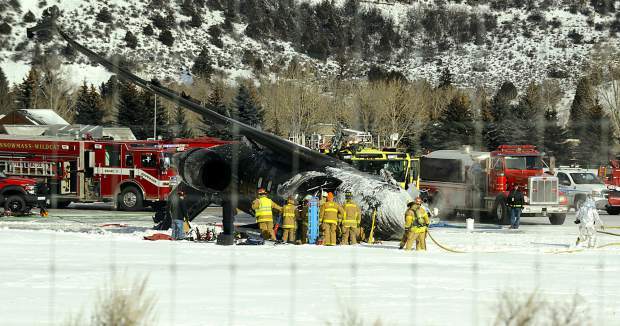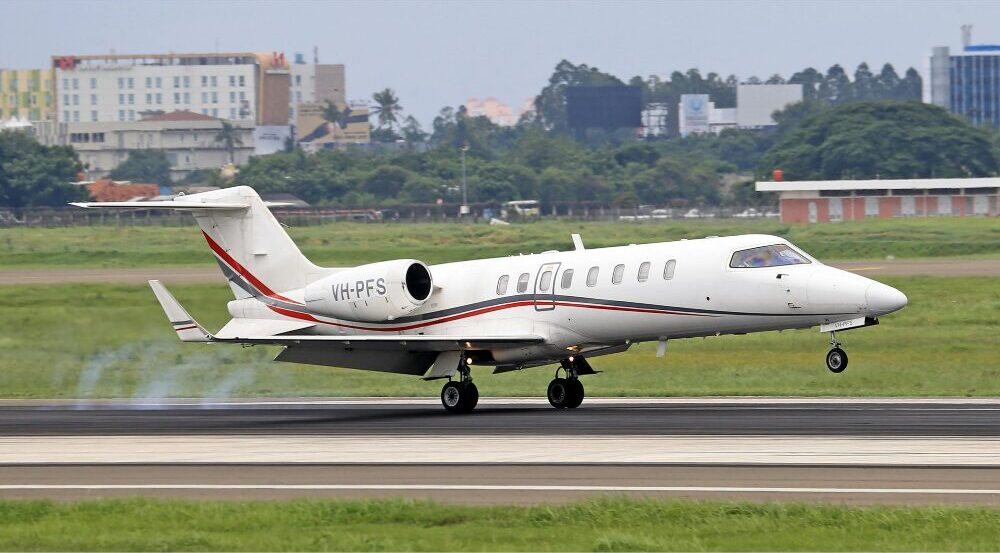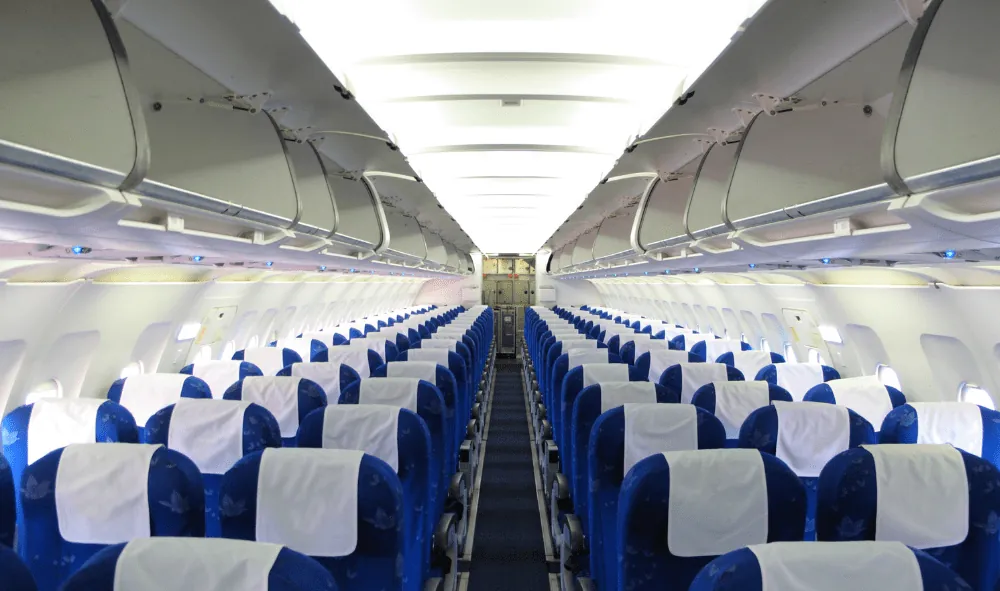
On January 5, 2014, in Aspen, Colorado, a jet aircraft crashed while attempting to land killing one and injuring two. The pilots had difficulty landing the plane because they were attempting to land at a high altitude with heavy tail winds. Recently, it was discovered that the two pilots “had little experience in the type of plane they were flying.”
The National Transportation Safety Board announced that the “pilots’ failure to control their Bombardier CL-600-2B16 Challenger after an unstabilized approach likely caused the crash… Contributing to the accident were the flight crew’s decision to land with a tailwind above the airplane’s operating limitations and their failure not to conduct a go around when the approach became unstabilized.” The report was released last week, in turn, revealing that the pilots were inexperienced. The plane was recorded to have experienced winds forcing it back and forth and a voice recorder in the cockpit caught the co-pilot, Sergio Carranza Brabata, saying in Spanish, “This is screwed.”
Directly after the Aspen-Pitkin County Airport’s control tower told the pilots to, “Go around. Go around. Go around,” the plane nosedived back into the runway. Moises Carranza, the head pilot of the plane, completed training only a couple months before the crash. Carranza had recorded that he has had extensive experience flying other planes, like the Airbus 320 series, but had less than 14 hours of total flight time with this particular model. In addition, the co-pilot only had a “limited certificate to fly the model involved [in] the crash, according to the NTSB.”
The final crash report explains that “additional flight time would have increased the crew’s familiarity with the airplane and its limitation and likely improved their decision-making during the unstabilized approach…further, the captain stated that he asked the passenger, an experienced CL-600-rated pilot, to accompany them on the trip to provide guidance during the approach to the destination airport. However… [he] was unable to reach the aircraft controls, [and therefore] unable to act as a qualified pilot-in-command.”
The weather at the Aspen airport is known to make flying conditions treacherous. Since the crash, the airport has taken extra precautions and shortened the average wind-speed condition updates from every two minutes to one, despite them updating the plane the day of the crash every one minute.
For more information, follow the link below:
Source: http://www.denverpost.com/2017/04/23/aspen-plane-crash-2014-blamed-pilots/


